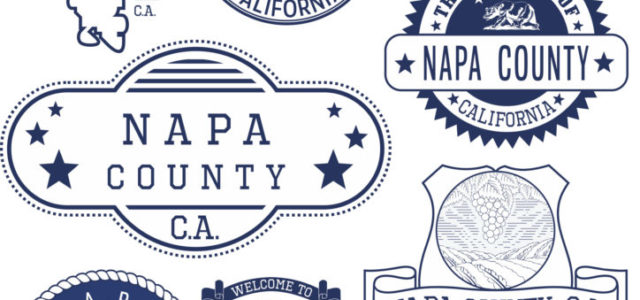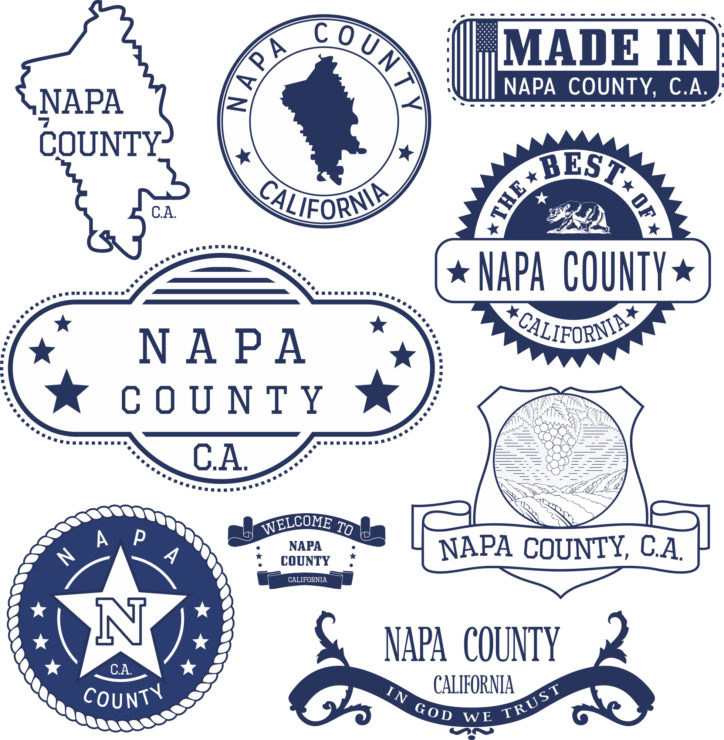California Cannabis: Napa County Headed for a Cultivation Compromise?
CaliforniaRecreational MarijuanaUncategorized September 3, 2019 MJ Shareholders


Cannabis cultivation and the means for regulating it have been contentious topics in Napa County for some time now. Back in July, proponents of allowing commercial cannabis cultivation in unincorporated Napa County, led by the Napa Valley Cannabis Association, collected enough signatures to qualify for a ballot measure during the March 3, 2020 election.
Following collection of those signatures, the County Board of Supervisors took up the issue on July 23rd. Typically, the Board would have three possible paths forward in such a situation. The Board could: 1) place the measure on the ballot next March, 2) adopt the measure outright, or 3) order a 9111 report to analyze the potential impact of the measure before taking action at a later date.
The County Board of Supervisors issued a 9111 report regarding the cannabis regulation initiative on August 20th in which it analyzed the land use, environmental, fiscal, and other impacts of the proposed initiative. The report detailed some of the negative implications that could result from the initiative, including a purported negative impact on Napa County’s tourism industry “through adverse odor and visual impacts on wineries, restaurants, resorts, and lodging facilities in both incorporated and unincorporated areas of the county.” The report drew analogies to the struggles of Santa Barbara County in regulating cannabis as well.
Aside from the details contained in the 9111 report, opponents of the initiative emphasized that the initiative process was not the proper means for developing cannabis regulations for the county, because the county’s ability to amend the regulations established pursuant to that initiative would be extremely limited. Such amendments could only occur via a ballot vote.
But on August 28th, proponents of commercial cannabis cultivation in the county “announced plans to withdraw their ballot initiative, saying they now prefer regulations they are seeking to be included in an ordinance by the county board of supervisors.”
“Following discussions with industry trade associations, various members of the Napa Board of Supervisors and community, the NVCA and The Committee prefer an ordinance that is a living document, over an initiative process,” Napa Valley Cannabis Association board member Eric Sklar wrote. “An ordinance can be evolved and changed by the Board of Supervisors at any time, whereas approved initiatives can only be changed with a ballot vote.”
Additionally, Sklar described the withdrawal as a “gesture of good faith,” stating, “We support and prefer the ordinance process to collaboratively develop written regulations that will evolve in line with the current and future needs of the community, in a responsible and representative manner.”
Hopefully the withdrawal of the initiative will open the door to productive collaboration on an ordinance that adequately addresses the interests and concerns of all impacted parties. This serves as yet another example of the myriad ways local jurisdictions in California have struggled to regulate cannabis in the wake of legalization, and we’ll be paying close attention to see how one of California’s most recognized agricultural regions decides to move forward.
MJ Shareholders
MJShareholders.com is the largest dedicated financial network and leading corporate communications firm serving the legal cannabis industry. Our network aims to connect public marijuana companies with these focused cannabis audiences across the US and Canada that are critical for growth: Short and long term cannabis investors Active funding sources Mainstream media Business leaders Cannabis consumers










